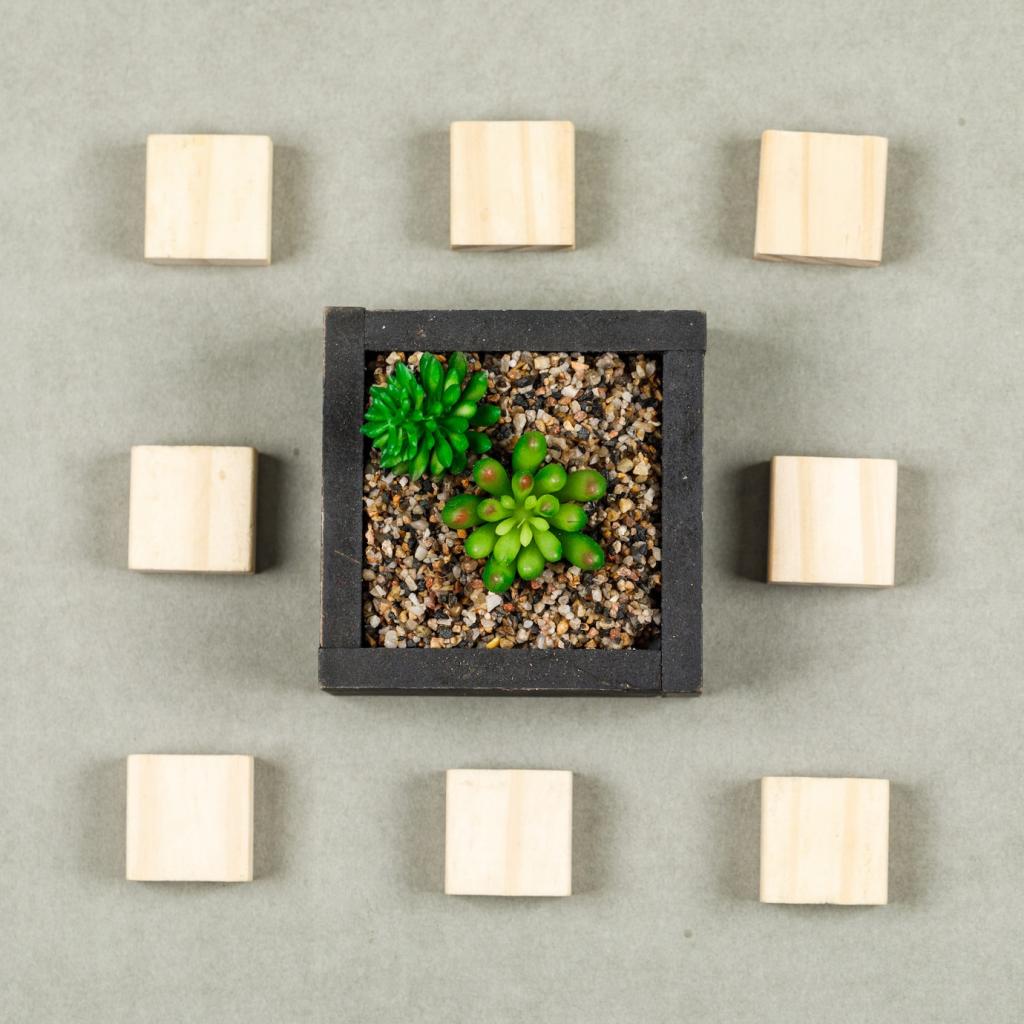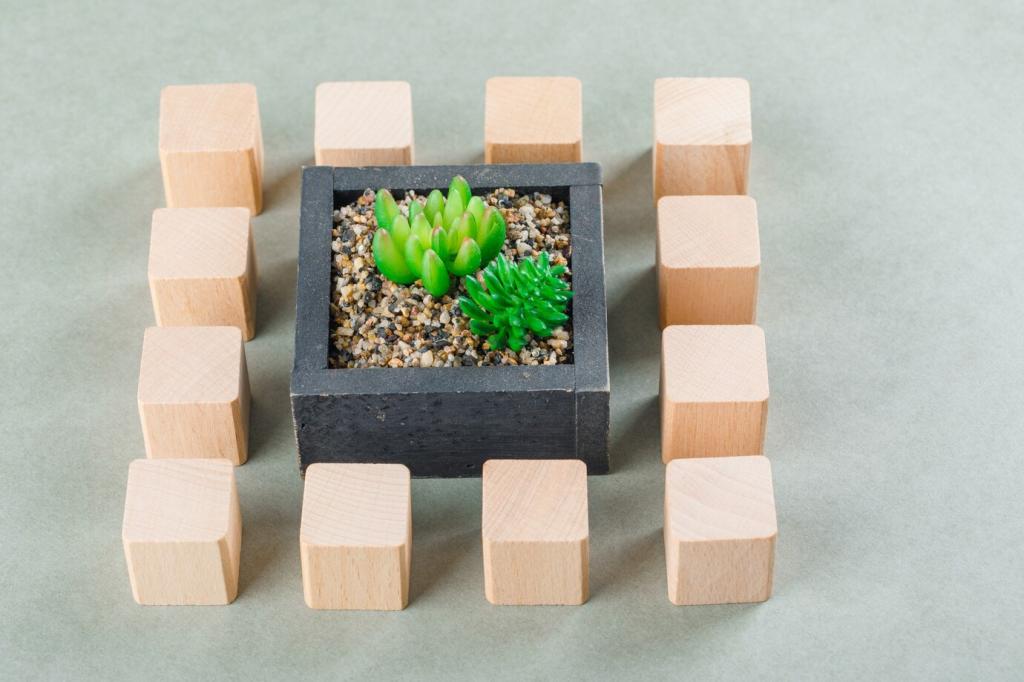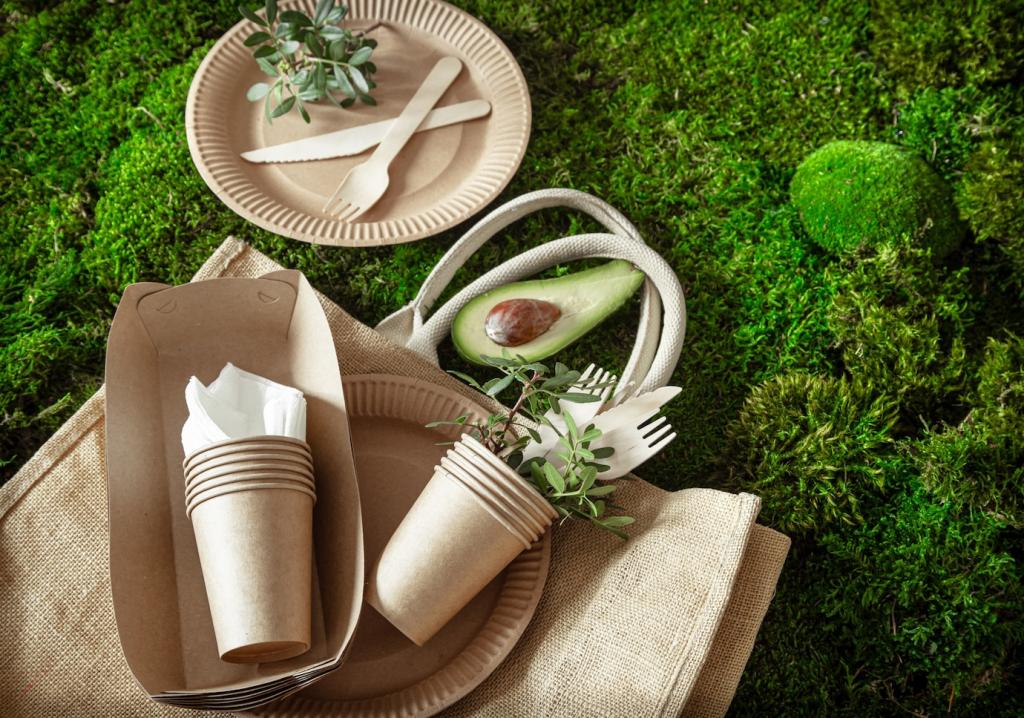Indoor Plants for Healthy Work Environments: Breathe Better, Work Brighter
Chosen theme: Indoor Plants for Healthy Work Environments. Step into a workspace where leaves soften the light, air feels fresher, and focus comes naturally. Join our community, share your desk jungle, and subscribe for plant-smart workplace inspiration.


Many common indoor plants can help reduce certain airborne pollutants and stabilize humidity, supporting clearer breathing and fewer headaches. When the air feels softer and fresher, teams often report sharper attention and steadier energy.

Biophilic elements like greenery help regulate stress responses and visual fatigue. Even a single fern near your monitor can soften eye strain, lower perceived workload, and make tough tasks feel more manageable and meaningful.

Our editor added a snake plant to a tense meeting room. Within weeks, conversations felt warmer, voices lowered, and brainstorming flowed easier. Coincidence? Maybe. But everyone asked where to get their own.
Low-Light Champions That Forgive
For window-poor corners, try ZZ plants, pothos, and snake plants. They tolerate uneven care, still look polished, and happily green up shelves, reception consoles, or quiet nooks without demanding daily attention.
Allergies, Sensitivities, and Scent-Free Choices
Choose plants with minimal pollen and fragrance, like calatheas or philodendrons. Skip heavily scented blooms in shared spaces, and always invite colleagues to flag sensitivities so comfort and inclusion remain the priority.
Designing with Green: Placement That Works
Map Light, Drafts, and Heat
Spend one week observing morning and afternoon light, HVAC drafts, and hot equipment zones. Place humidity-loving plants away from vents and give low-light species the deeper interior seats where they still shine.

Care Routines That Fit Busy Schedules
Adopt a biweekly check: test moisture with a finger or meter, and water deeply but infrequently. Group plants by thirst so you can manage them in quick, reliable batches—no panic, no droop.
Care Routines That Fit Busy Schedules
Choose well-draining mixes and pots with drainage holes or discreet liners. Self-watering planters cushion busy weeks, while saucers and felt pads protect desks and floors from unintended splashes or spills.


Health, Safety, and Office Harmony
Favor breathable soil, avoid constant dampness, and prune tired leaves promptly. If gnats appear, let soil dry slightly, add yellow traps, and consider a top layer of sand or leca to discourage larvae.
Health, Safety, and Office Harmony
Place plants so leaves don’t crowd keyboards or block screens. Choose stable, low-profile pots for desks, and anchor tall floor planters to avoid tipping hazards in busy, high-traffic corridors.


Measuring Impact and Keeping Momentum
Use simple sensors for CO2, temperature, and humidity to spot stuffy afternoons or dry corners. Pair readings with plant placement changes, then log what helps the space feel clearer and more comfortable.


Measuring Impact and Keeping Momentum
Run quick pulse surveys on focus, stress, and satisfaction with shared areas. Invite photos of favorite plant spots and ask what should grow next. Human feedback makes the greenery truly collaborative.
